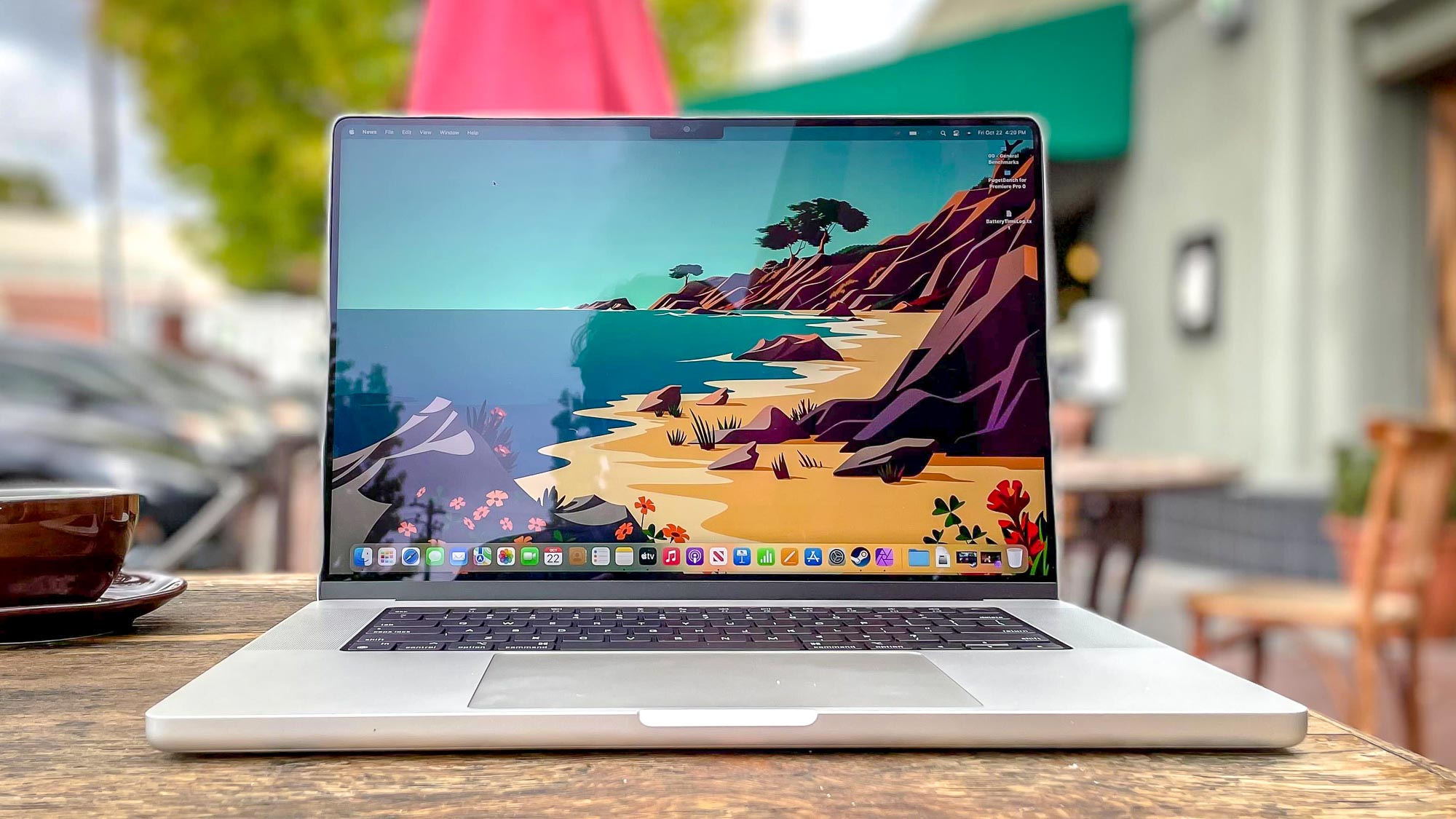Motorola Edge series keeps coming, with Edge 60 Fusion in 2025 being an upgrade to 2024's Edge 50 Fusion. The two phones have the mid-range market in focus, merging the best of the premium experience and affordability. Pondering whether an upgrade is worthy depends on whether design, performance, display, camera, battery, and price make it more valuable.
What follows dissects the differences within separate subheadings to ensure the decision makes sense. The Edge 50 Fusion has a slim frame, 7.9mm thick and weighing 175 grams, with choices of either vegan leather or suede finish in colors of Hot Pink and Marshmallow Blue.

It has an IP68 rating, which means it's dust- and water-resistant. The Edge 60 Fusion , which went on sale in India on April 2, 2025, has the same look but adds a quad-curved screen and vegan leather to all models, providing Pantone-validated colors such as Amazonite and Zephyr. There is greater toughness through an IP69 rating, with the added protection against high-pressure water jets, as well as Gorilla Glass 7i for better scratch resistance than the Edge 50 Fusion's Gorilla Glass 5.
Thickness goes up by a touch to fit the bigger battery, and the Edge 60 Fusion is slightly heavier. The camera module moves into a square layout from the Edge 50 Fusion's vertical arrangement, which represents a design refinement. Both phones retain a high-end feel, though the updated one gets the upper hand on ruggedness.
Powering the Edge 50 Fusion lies the Snapdragon 7s Gen 2, a mid-range chipset with four performance cores at 2.4GHz and four efficiency cores at 1.95GHz.
Paired with up to 12GB RAM and 512GB storage, it handles multitasking and casual gaming , like League of Legends at 60FPS, competently. The Edge 60 Fusion upgrades to the MediaTek Dimensity 7400, launched in 2024, promising better efficiency and raw power due to its 4nm architecture and higher clock speeds. Benchmarks remain pending, but the Dimensity 7400’s track record in similar devices suggests a 10-15% performance boost, particularly in AI tasks and graphics rendering.
Both run Android 14 with Motorola’s Hello UI, offering three OS updates and four years of security patches. The Edge 50 Fusion uses a 6.67-inch OLED with Full HD+ resolution, a 144Hz refresh rate, and 1600 nits maximum brightness.
Immersion comes courtesy of curved edges, though a few users may prefer flat displays for fewer glares. The Edge 60 Fusion introduces a 6.67-inch quad-curved OLED at 1.
5K resolution and 4500 nits brightness, stepping down to a 120Hz refresh rate. The greater resolution makes things more detailed, whereas the superlative brightness can handle sunlight glares better. Protection is upgraded to Gorilla Glass 7i and MIL-STD-810H certification, surpassing the Edge 50 Fusion's resilience.
The quad-curve design is prone to accidental touches, but it improves looks. Compromises between refresh rate and resolution accommodate varying priorities—smoothness over detail. Both phones share a 50MP Sony LYT-700C main sensor with OIS, a 13MP ultrawide lens, and a 32MP selfie camera.
The Edge 50 Fusion offers bright, mildly oversaturated images with good low-light capabilities through Night Vision. The Edge 60 Fusion introduces a 3-in-1 light sensor for enhanced ambient light recognition and flicker suppression, improving photo quality consistency. Video recording is still at 4K 30FPS, with previous criticism indicating lag in lens switching; a solution has yet to be confirmed.
Minor differences seem to imply the Edge 60 Fusion streamlines but doesn't revolutionize imaging. Serious photographers may nonetheless miss a telephoto lens, which is missing in both. A 5000mAh battery powers the Edge 50 Fusion, with 68W TurboPower charging reaching full capacity in under an hour.
The Edge 60 Fusion takes this to 5500mAh, boosting runtime for intense use, with 68W charging retained. Neither provides wireless charging, a mid-range convention omission. The bigger cell follows 2025's endurance trend, although real-world benefits will rely on power management.
Both phones, priced at Rs. 22,999 in India, are closely matched. The Edge 50 Fusion wins on affordability and smoothness with its 144Hz screen.
The Edge 60 Fusion deserves an upgrade with a more durable build, sharper screen, more powerful chipset, and longer battery life. Light users will be fine with the older model, but tech enthusiasts seeking incremental improvements, particularly in AI and durability, might choose the new release. Market forces prefer incremental upgrades, and Motorola provides just that.
.















